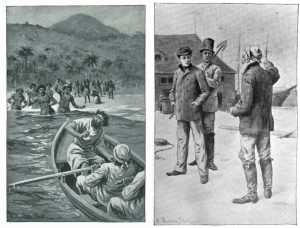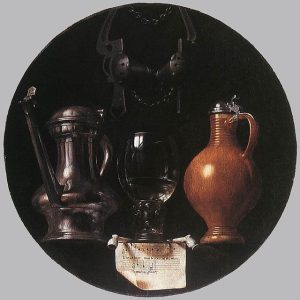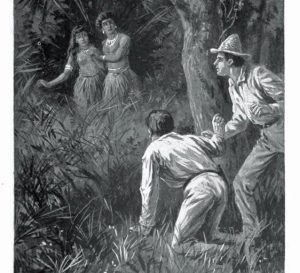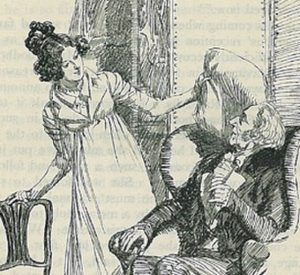Queering Melville
The largely negative outcomes of these romances seem to suggest Melville’s internal grappling with the idea that an openly queer lifestyle was not achievable or accepted in the time in which he lived and wrote.
Gender? I Hardly Know Her Exploring the Hyperreality of Gender and Sexual Identities
[…] this essay examines how gender and sexuality, as imitations without originals, reapproximations of an invented ideal, generate their own hyperreality, a simulation endlessly reinforced by the belief that it hasn’t already encompassed us all.
Painting with Words – The Illusive Art of Representation Appearance and Reality From the Perspective of Visual and Literary Art in Zbigniew Herbert’s Still Life with a Bridle
The relationship between visual and literary forms of art and how they inform appearance and reality in Zbigniew Herbert’s Still Life with a Bridle demonstrate the ways in which representations can be both illusive and illuminating.
Loving Her Was Red: The Dichotomy of Love and Desire According To Sappho and Taylor Swift
Both women display remarkable agency as they examine the undervalued world of female love and desire; both women, as Swift says in “Fearless (Taylor’s Version)”, invite us to dive into this world with them “head first, fearless”.
Destined Distance Between Melville, Tommo, and the Typee
The Valley is Eden, the people are gods and goddesses, the structures are antiquities, and Tommo—as well as Melville—can only ever be a corrupt civilized man.
Atmospheric Prisons and Incomplete Epiphanies in The Matrix and Jane Austen’s Emma
Emma’s moments of self-realization parallel those of Neo through the symbolic use of these atmospheric techniques, which serves to emphasize first the reluctance and doubt, then later the freeing acceptance of truth for both characters.
Heroes and Heroism in Moore and Gibbons’ Watchmen
Ultimately, no heroes exist in Watchmen. The superheroes have abandoned compassion, instead choosing campaigns that leave them bereft in the act of saving actual human beings and almost fully empty of real heroism.
Austen’s Emma: Self-Knowledge and Growth
Satirically critiquing her characters’ behaviours and the English society in which they—and she—live, Jane Austen sketches a vivid portrait of her characters, their flaws, and the confines under which they operate in Emma.
The Danger of the Unclassifiable Form: Hybridity, Rulership, and Knowledge within Cavendish’s Blazing World
The Empress overlooks gaps within her own understanding in favour of creating an empirical understanding of the world around her; she rejects the hybridity of the animal men, and she rejects knowledge of the immaterial world.
The Restrictive Power of Schools and Streets in Ta-Nehisi Coates’s Between the World and Me
Between the World and Me exposes both groups as manifestations of how America methodically oppresses black people, specifically by accentuating the power and prestige of those who believe they are white.









